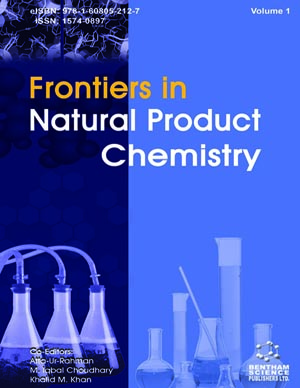Abstract
Asymmetric 1,4-arylation and -alkenylation was achieved by use of organoboronic acids or their derivatives in the presence of a rhodium catalyst coordinated with binap or its related ligands. The scope of this asymmetric addition is very broad, α,β-unsaturated ketones, esters, amides, 1- alkenylphosphonates, and 1-nitroalkenes being efficiently converted into the corresponding 1,4-addition products with over 95% enantioselectivity. The catalytic cycle of the reaction in water is proposed to involve three intermediates (aryl- or alkenyl-rhodium, (oxa-π-allyl)rhodium, and hydroxorhodium) by NMR studies on the rhodium intermediates. The asymmetric addition of B-aryl-9BBN and ArTi(OPr-i)3 in aprotic solvents proceeded with high enantioselectivity under mild conditions to give the corresponding metal enolates as the 1,4-addition products.
Keywords: asymmetric reduction, oxidation, enantioselectivity, chiral transition, unsaturated ketones, dioxane, catalytic activity, cyclopentenone, hydrolysis, fluorobenzene




















